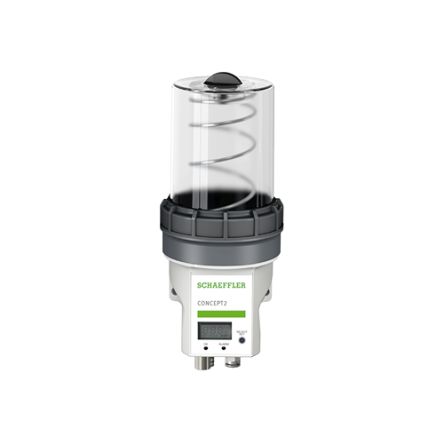- Automation & Control Gear
- Cables & Wires
- Enclosures & Server Racks
- Fuses & Circuit Breakers
- HVAC, Fans & Thermal Management
- Lighting
- Relays & Signal Conditioning
- Switches
- Batteries & Chargers
- Connectors
- Displays & Optoelectronics
- ESD Control, Cleanroom & PCB Prototyping
- Passive Components
- Power Supplies & Transformers
- Raspberry Pi, Arduino, ROCK, STEM Education & Development Tools
- Semiconductors
Lubricants
A lubricant is a substance that when applied in a thin layer to an item of machinery, reduces friction, heat, and wear between the solid surfaces are in contact with each other. By having the appropriate lubricant, the friction and wear of the materials can be controlled therefore providing reliable operation within the workplace and less money spent on maintenance.
Lubricants can come in various forms such as liquid (oil, water), solid, gaseous (air) or semisolid (grease). Also, some lubricants contain additives to improve their performance. There are benefits of using a grease over oil in some situations. Grease seals out contaminants and has a better stop start performance as it doesn't drain away like oil. However, grease is thicker than oil and therefore limits bearing speed, reduces cooling of components and is difficult to determine the right amount of grease that needs adding.
Lubricants package types
- Aerosol – Silicone spray
- Bottle
- Can
- Cartridge
- Tin or tub
- Tube – pastes
What can lubricants do?
- Protects the components from seizure by the layers of the coating on the surfaces
- Provide reliable operation and keep maintenance costs down
- Increase equipment life expectancy
- Reduces friction in engines
- Controls friction in transmissions
- Minimises wear - reduces wear by the protective layer on the surfaces
- Heat transfer agent
- Inhibits corrosion and oxidation - protects the surfaces from the attack of chemically active substances, such as oxygen, by creating a corrosion resistant layer
- Removes debris and other contaminants
- Reduces effect of high temperature extremes on viscosity (measure of an oil's resistance to flow)
- Reduces noise
Oil Lubricants
Oil lubricants are also classified into mineral (crude oil) vegetable and synthetic oils (man-made). In Industrial applications mineral and synthetic are mostly used.
Applications
Lubricants are typically found in applications such as moisture seal for aircraft, automotive, and marine ignition systems. Lubricating bearings, chains, and various mechanical equipment associated with mechanical engineering, machinery, and food processing.


